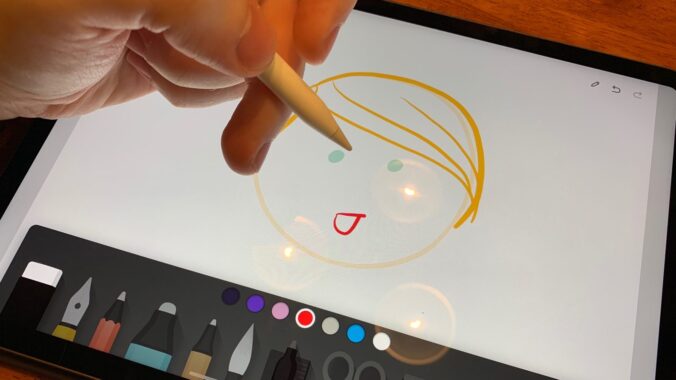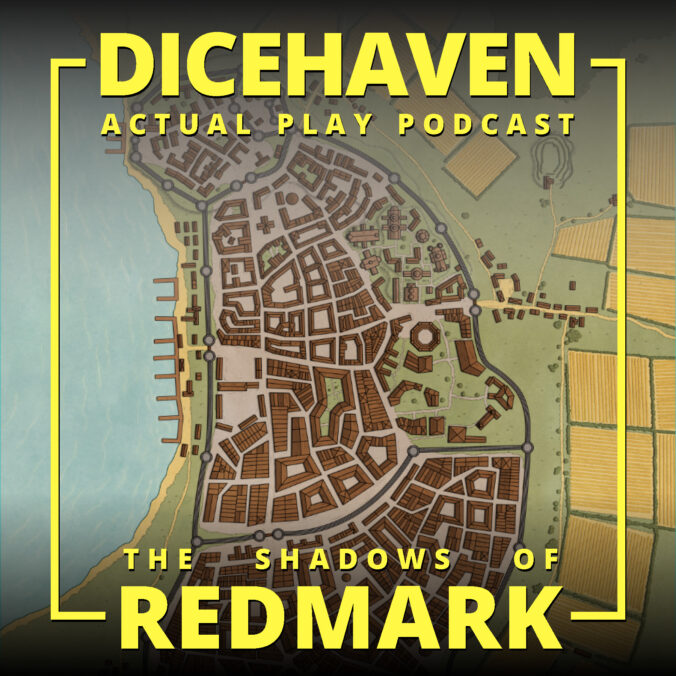I was experimenting some more with my Paper app on my iPad to mock up how I’ll likely run my DicehavenCon V Conan game. I created a custom ‘wallpaper’ with areas to track Doom and Momentum. Using a stylus I can sketch maps, write down initiative (for games that use it; Conan actually does popcorn initiative instead), and generally keep that fast, freeform theater-of-the-mind with some rough maps GM style that I prefer. Also, with Zoom, players can mark up and annotate the map as well and move their drawing around (effectively, using tokens).
Page 22 of 128
Here are two great resources for building sandbox Traveller campaigns.
We are starting a new podcast campaign — The Shadows of Redmark! Traveller will continue to be our main focus for the near term, but stay tuned for new D&D 5e adventures.
Here’s what players need to know who are playing in Stan’s ‘Critical Vector’ Traveller game on May 16, 2020.
I’ve been thinking about the different types of hardware and software needed when you host a podcast with the cast located in different locations. The setup I’ve used for in-person podcasting (multiple mics going into a soundboard and recording only people in the same room) won’t work for a distributed cast.








Recent Comments